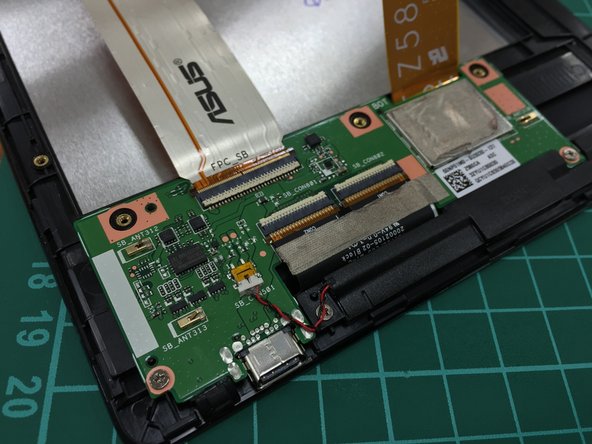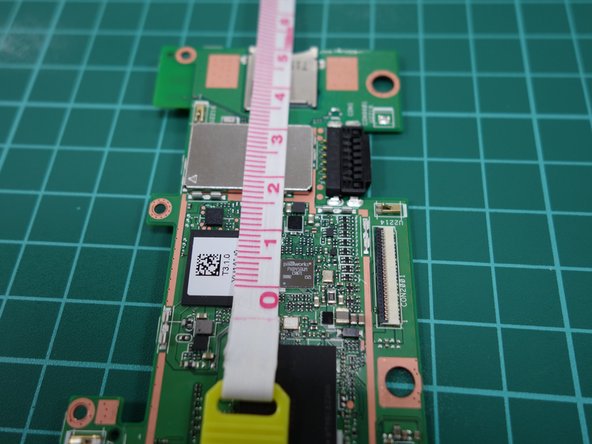ASUS ZenPad S8 Teardown
Duration: 45 minutes
Steps: 5 Steps
Get ready to uncover the secret to the ASUS ZenPad S8’s stunning display! This tablet boasts a high-end video display processor, and we’re about to track it down. Let’s dive in and find out where this powerful processor is hiding.
Step 1
Let’s get started with fixing your ASUS ZenPad S8’s outside casing. This step-by-step guide from Salvation Repair will walk you through the process. If you’re not feeling confident, don’t worry – we’ve got you covered. Just follow along and you’ll be back to using your device in no time.
Step 2
The back case is super easy to deal with—no screws or glue required! It just clicks together with tenons, making it a breeze to pop apart. You’ve got this!
Step 3
Tablets are made up of three main parts – the top circuit board, the battery, and the bottom circuit board. In my experience, the top circuit board usually has the more important IC chips, so treat it with a little extra care when working on it.
Step 4
Let’s dive into the exciting world of the upside circuit board! We’ve spotted 4 key IC chips that are ready to help us on this repair journey.
– Get your hands on some Hynix 4GB LPDDR3 DRAM. It’s like the cool sidekick for your tech!
– Next up, grab that Intel Atom Z3580. It’s the brains of the operation, ready to power your device with style.
– You’ll also need Kingston’s 32GB eMMC NAND Flash – the reliable storage buddy that never lets you down!
– And last but definitely not least, make sure to include the Pixelworks PX8458WM. This independent, high-end, TV-level video processor is exactly what you need to take everything to the next level!
Step 5
Alright, grab your ruler, let’s check out the Pixelworks IC! It’s roughly 5mm by 5mm (or about 0.2 inches each way).
According to the Pixelworks CEO, the ASUS ZenPad S8 is rocking the IRIS1 chip. Even though this chip is aimed at the smartphone market, no phones have been spotted using it so far.
When I chatted with ASUS’s tablet project manager about IRIS1 landing in smartphones, he hinted that its power consumption might not quite meet smartphone standards. So, it’s much more likely to see IRIS1 powering up tablets or laptops instead!
Success!













